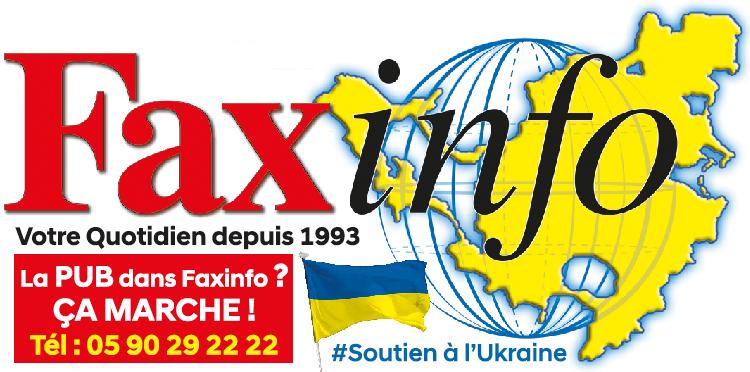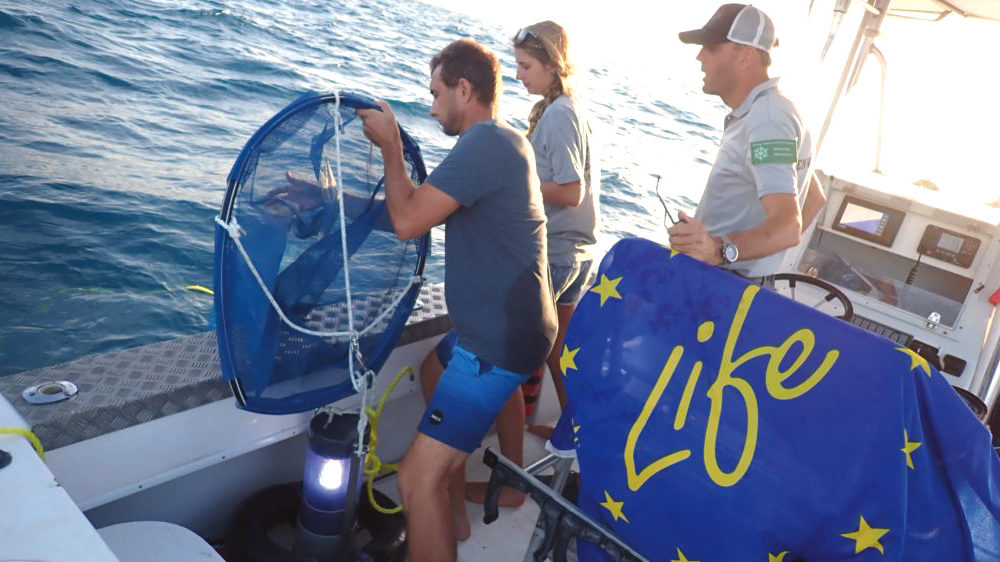After training by specialists from the company ECOCEAN, AGRNSM agents began catching the post-larvae to increase knowledge of the recruitment and colonization of fish on the underwater coastal habitats of Saint-Martin.
The CCP method
PCC (Post-Larval Capture and Culture) is a technique for capturing and cultivating marine post-larvae. The post-larval fish is the last larval stage of their ocean life cycle. In the vast majority (more than 95%) these post-larvae disappear by natural predation. The PCC therefore consists in taking these larvae before this high mortality in order to reinforce the fish populations.
This study makes it possible to know when and what species settle in the coastal waters of the island. The AGRNSM team is reinforced by a trainee who came specially for this mission and by volunteers. The study will take place over 7 months, with samples being taken at each new moon. The first results will be released at the end of the year.
Saint-Martin
Concretely, in Saint-Martin, it is a question of exploring the periods of colonization on the shallow coastal bottoms, post-larvae of reef fish including Nassau groupers and giant groupers, after their first stage of life offshore via the deployment of luminous vehicles and artificial habitats for several months.
Highly threatened species
In addition to the lack of regulation, other threats such as human activities contribute to the destruction of essential grouper habitats: coastal development, discharges of wastewater, clearing of the coastline, overcrowding in reef areas, etc. In addition, coral reefs, a habitat frequented by the Giant Grouper and the Nassau Grouper, suffer particularly from the consequences of global changes, leading to a reduction in coral cover and episodes of coral bleaching. Better protection of its habitats will strengthen their conservation status.
6,717 total views






No comments